The title of his new autobiography says it all: Mr Le Mans, Tom Kristensen. Except it doesn’t, because for all his record-breaking exploits at the Le Mans 24 Hours, a race that he won a remarkable nine times in 18 attempts, six of them consecutively, there has always been much more to the great Dane than the Big One in France. The best racing driver never to start a grand prix? Probably. But who cares if he never lined up in a Minardi, a Tyrrell or even a decent Williams? That was Formula 1’s loss. Instead, Kristensen chose his own path and built a wonderful career driving a selection of great racing cars in all sorts of fascinating corners of the world. And nearly every time he did so, he was blindingly fast.
The book, written in collaboration with sports journalist Dan Philipsen, was first published in Denmark in 2018 and has now been made available in English. To mark this publication, Autocar caught up with Kristensen to capture a snapshot of his remarkable career.
Turning Japanese
In the mid-1990s, Kristensen joined the throng of European talent heading east to seek their racing fortunes. For Eddie Irvine, Jacques Villeneuve, Mika Salo and many more, the Japanese scene was a catapult to success in F1 and beyond. Kristensen spent four years there, driving everything from Formula 3 and Formula 3000 single-seaters to Group A saloons and late-era Group C sports cars.
“I went to Japan as German F3 champion, so there was a lot of expectation, and it was tough,” says Kristensen. “I didn’t fly home to Europe between races, I stayed, and that meant I drove a lot of different cars. After a couple of weeks, my F3 team, Tom’s, suggested a drive in Group A touring cars, in a right-hand-drive R32 Nissan Skyline GT-R on Toyo tyres. You needed a staircase to get into that car: it was four-wheel drive and very heavy, a complete contrast to my small, light F3 car – and I loved it. It’s a cult car.
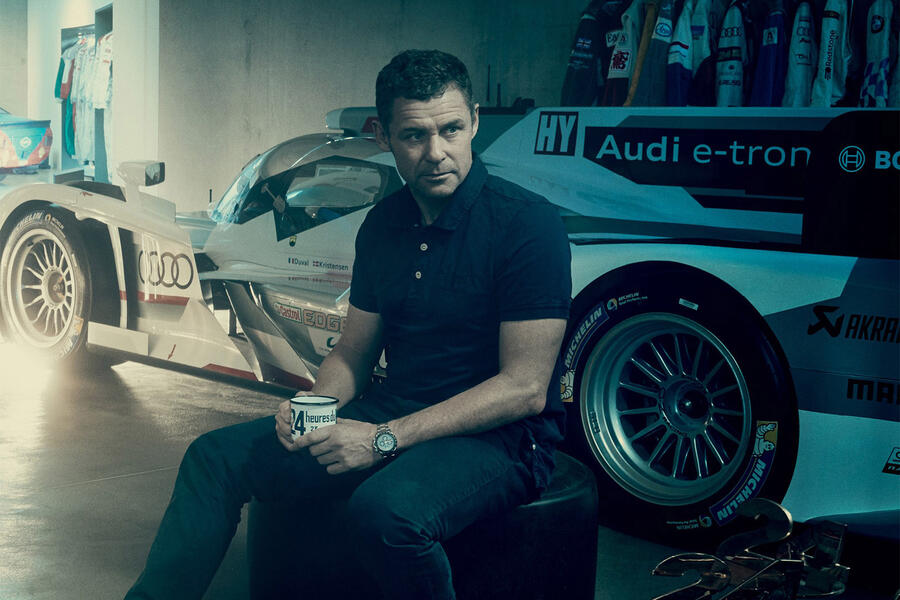


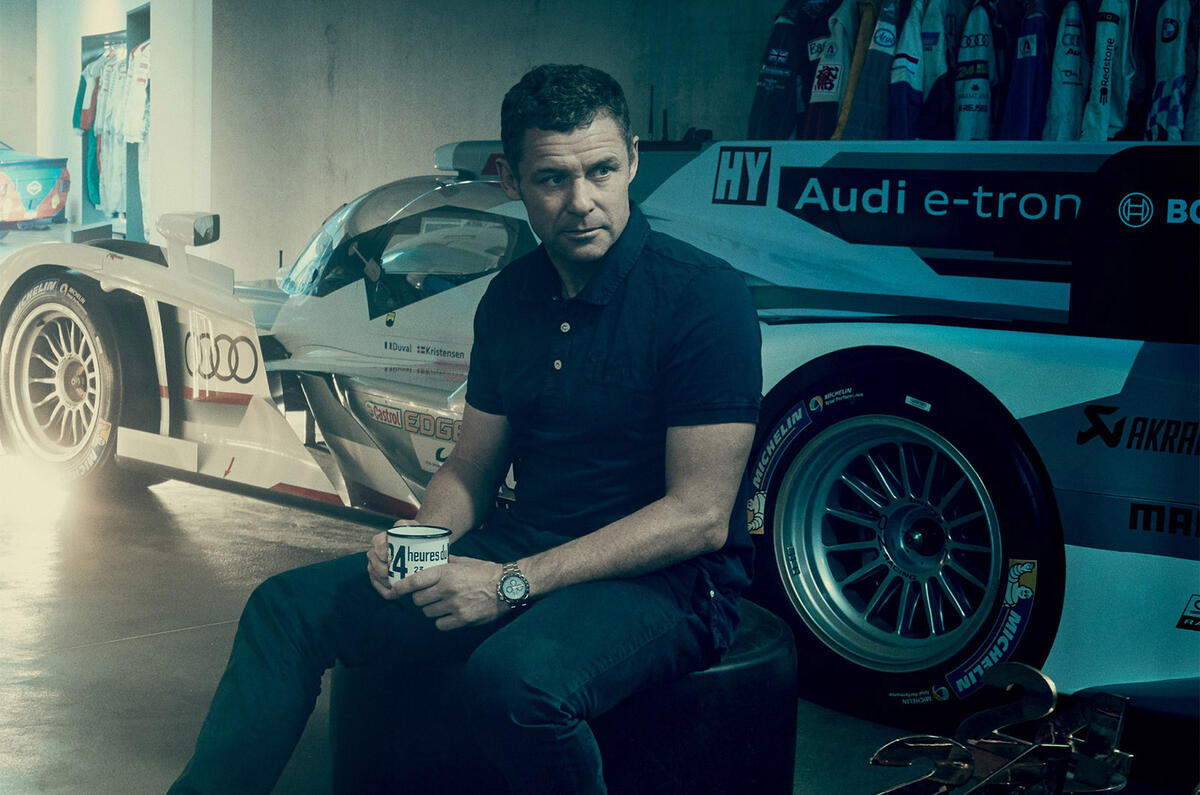
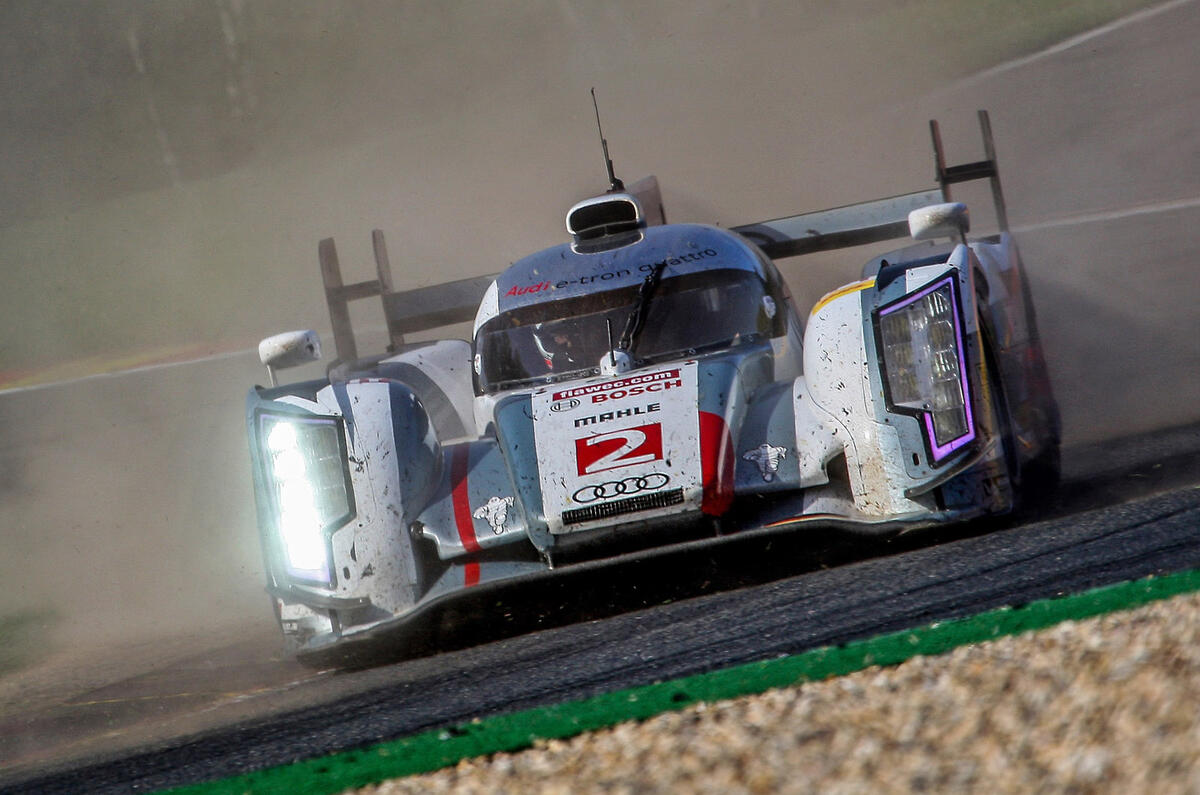
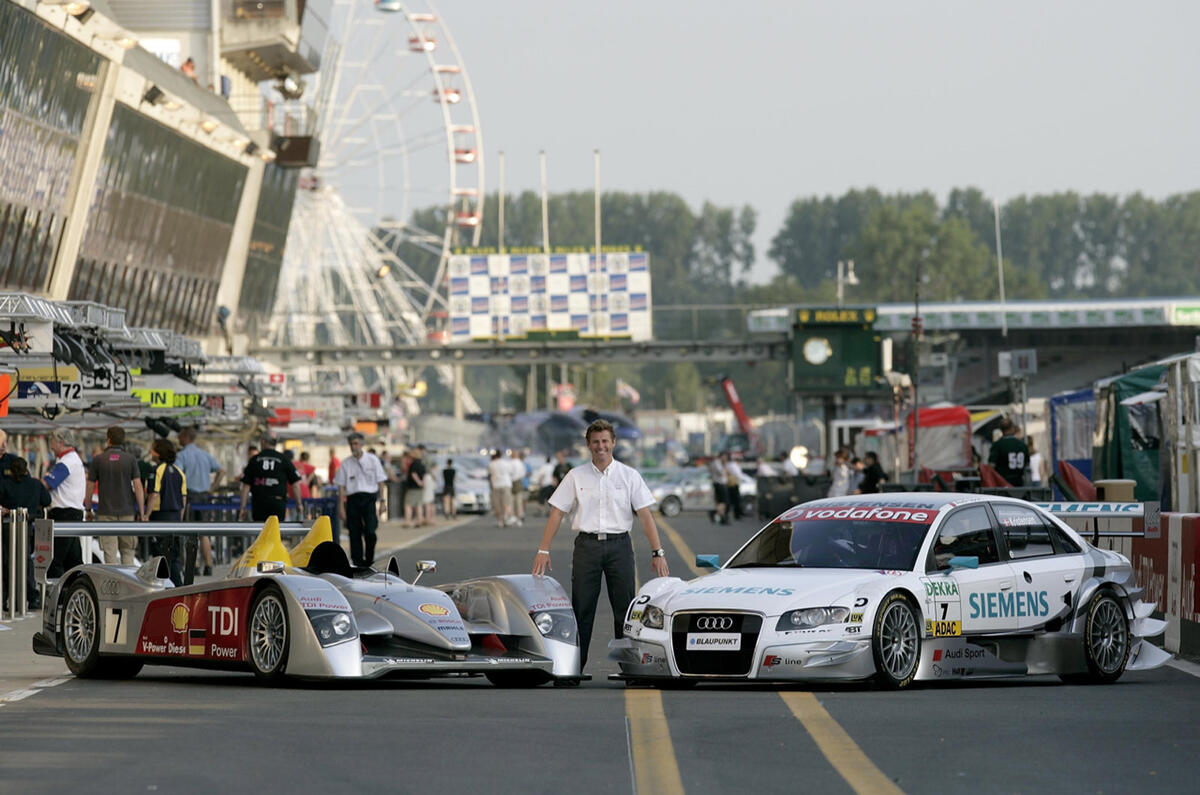
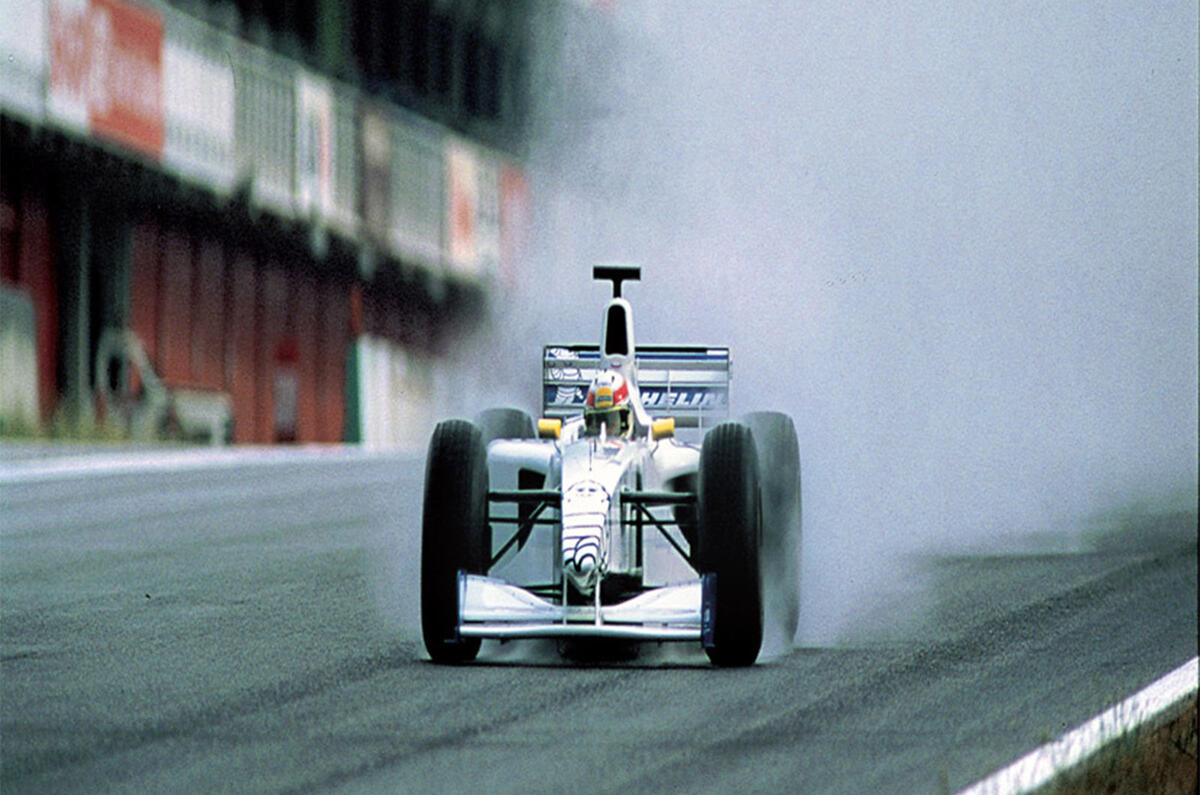
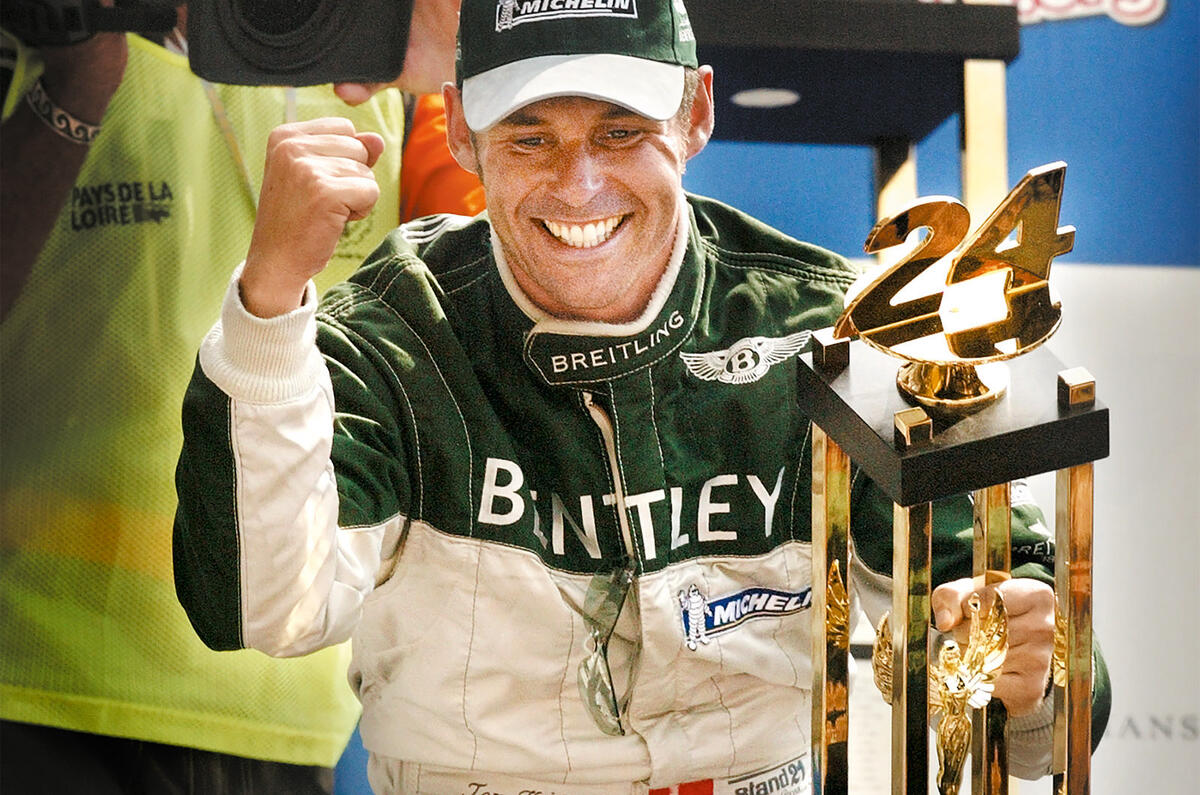


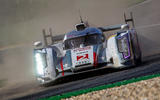
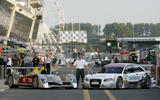
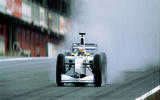



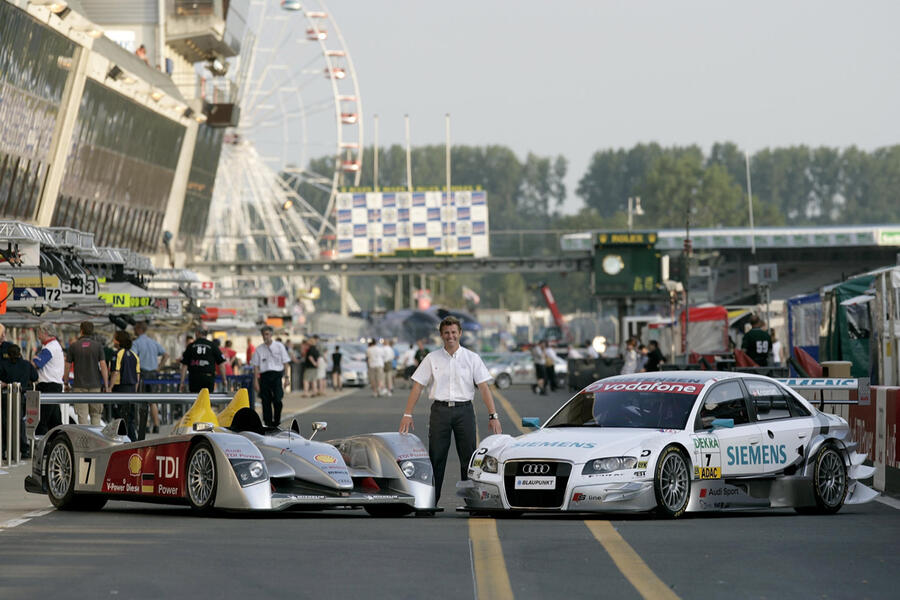
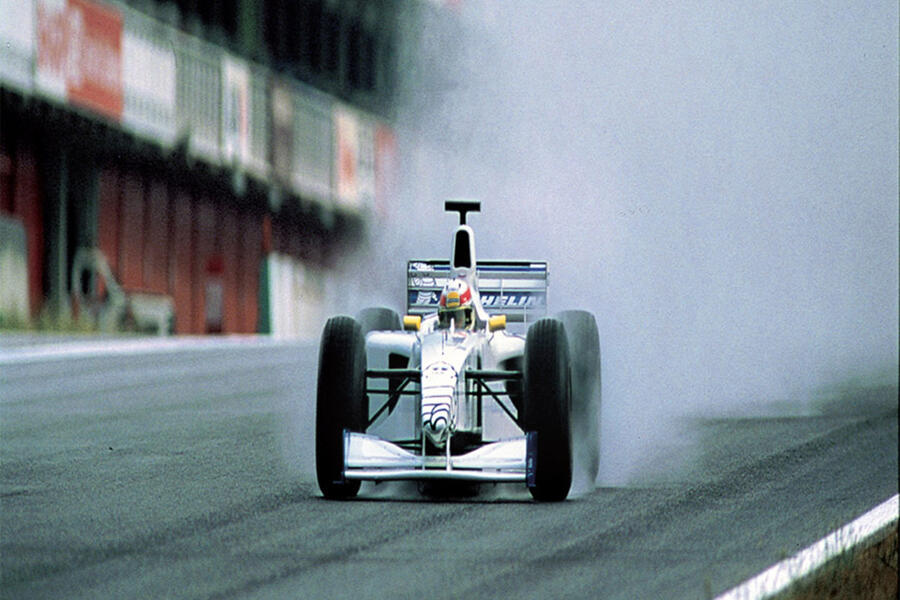
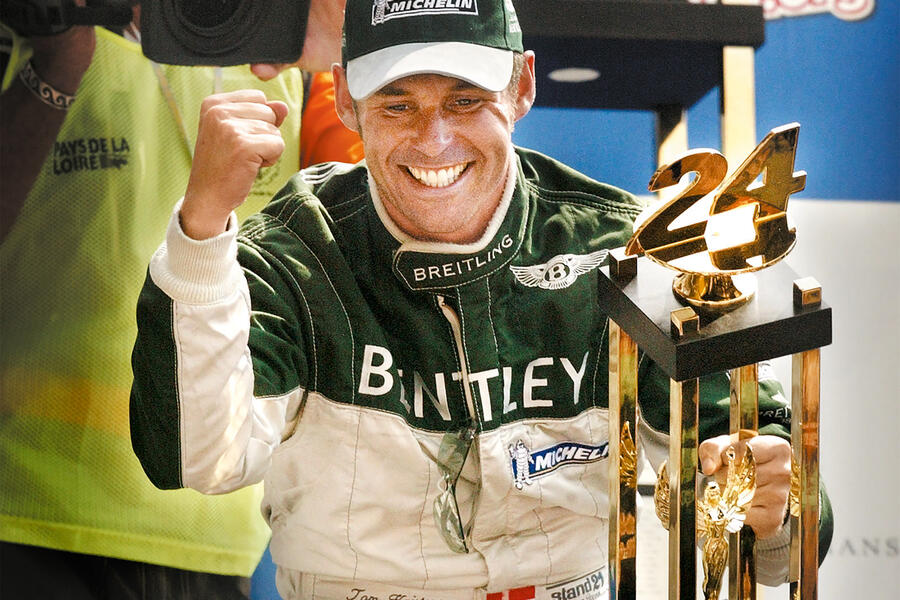

Add your comment